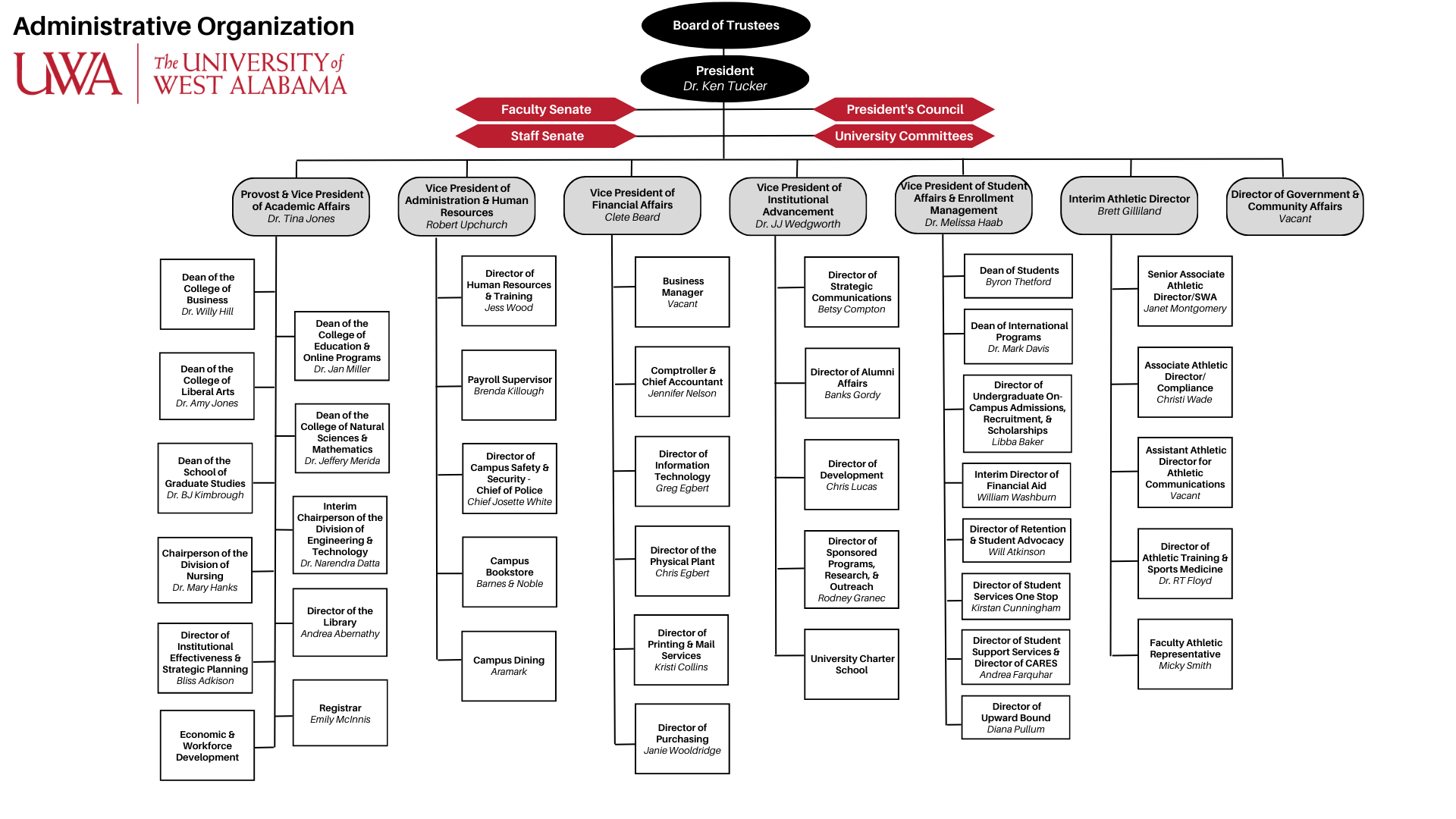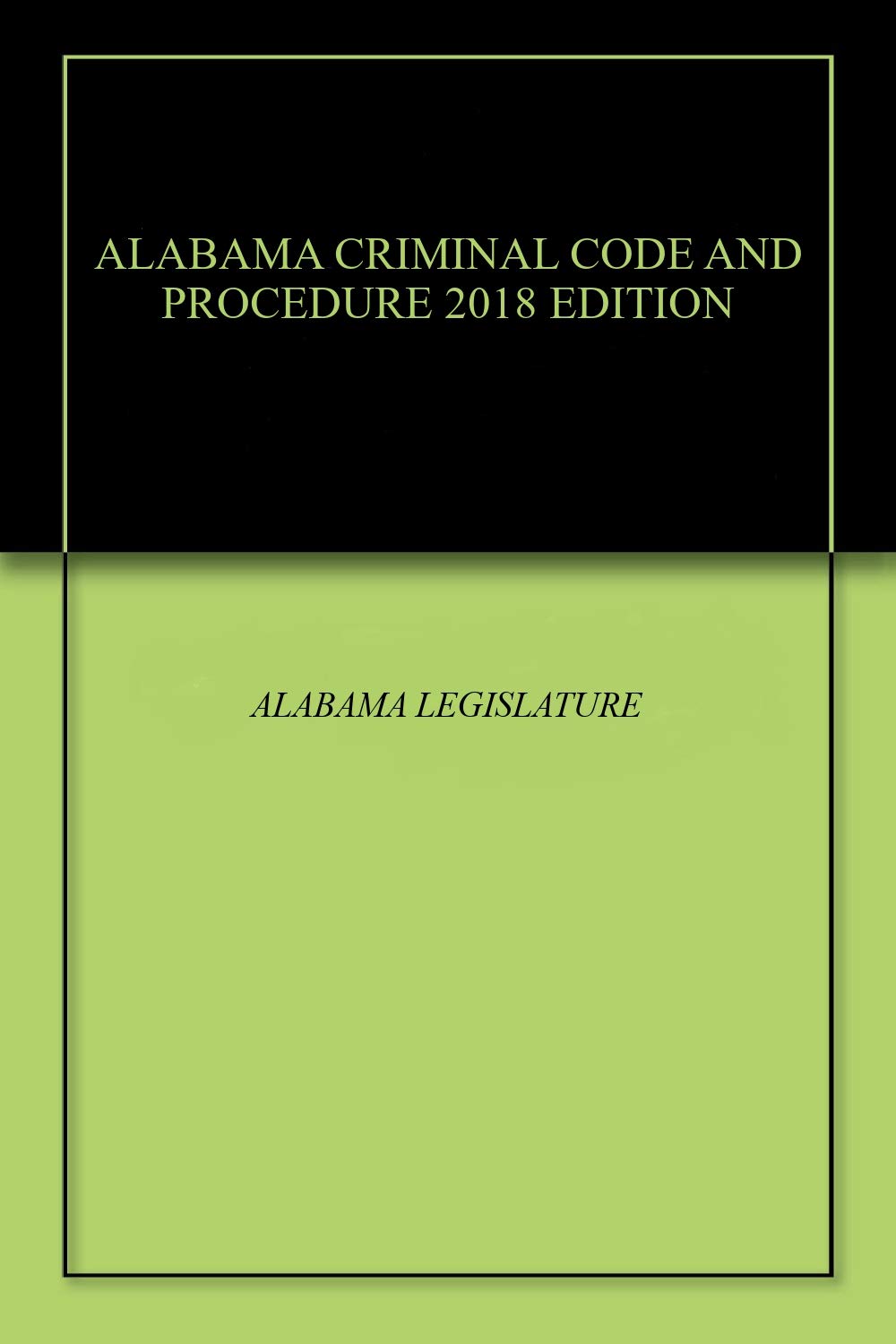The Alabama Administrative Code is a crucial part of the state’s legal framework, governing how administrative agencies operate and make rules. As a key component of the Alabama Administrative Procedure Act, it ensures that government agencies follow consistent procedures when creating or modifying regulations. For residents, businesses, and legal professionals, understanding this code is essential for navigating state governance effectively.
This article explores the history, structure, and significance of the Alabama Administrative Code, highlighting its role in promoting transparency, fairness, and public participation in rulemaking.
What Is the Alabama Administrative Code?
The Alabama Administrative Code is a comprehensive collection of administrative rules issued by state agencies, boards, and commissions. These rules are created under the authority granted by the Alabama Administrative Procedure Act (APA), which was enacted in 1981.
Before the APA, each agency had its own set of procedures for rulemaking, leading to inconsistencies and limited public involvement. The Act aimed to standardize these processes, ensuring that all agencies followed similar guidelines for notice, public comment, and rule adoption.
Key Features of the Alabama Administrative Code
- Uniform Procedures: All state agencies must follow the same procedural guidelines when adopting new rules.
- Public Notice Requirements: Agencies must provide advance notice of proposed rules, allowing the public to review and comment.
- Transparency: The code promotes openness by making rulemaking processes accessible to all stakeholders.
- Legal Authority: While the APA outlines procedures, it does not grant agencies the power to create rules. Agencies must have express statutory authority from the legislature to adopt specific rules.
How the Alabama Administrative Code Works
The Legislative Services Agency (LSA) is responsible for compiling and maintaining the official Alabama Administrative Code. This means that the LSA acts as the central repository for all administrative rules, ensuring they are up-to-date and available to the public.
Structure of the Code
The code is organized by state agencies, with each agency’s rules listed under its respective section. For example:
- Department of Public Health
- Department of Education
- Department of Environmental Management
Each rule includes details such as the purpose of the rule, effective date, and any exemptions.
Accessing the Code
While the code used to be published in physical form, it is now primarily available online. You can access the official version through the Legislative Services Agency website.
In addition to the full code, the LSA publishes the Alabama Administrative Monthly, a monthly publication that lists:
- New rules
- Amended rules
- Repealed rules
- Emergency rules
These updates help ensure that individuals and organizations remain informed about changes to state regulations.
Why the Alabama Administrative Code Matters
The Alabama Administrative Code plays a critical role in shaping how state government operates. Here’s why it matters:
1. Ensuring Fairness and Transparency
By requiring public notice and comment periods, the code ensures that the rulemaking process is fair and transparent. This helps prevent arbitrary or biased decisions by agencies.
2. Promoting Public Participation
The APA encourages public involvement in the rulemaking process. Citizens can submit comments, attend hearings, and even challenge rules if they believe they are unjust.
3. Supporting Legal Clarity
For businesses and individuals, the code provides clarity on what is legally required. This helps reduce uncertainty and ensures compliance with state laws.
4. Maintaining Accountability
Agencies must follow strict procedures when creating rules, which holds them accountable to the public and the legislature.
Where to Find the Alabama Administrative Code
While the code is widely available online, there are also physical copies available for those who prefer traditional resources.
Online Access
- Official Website: www.legis.la.gov
- Search Functionality: The site allows users to search for specific rules, agencies, or keywords.
Physical Copies
- Legislative Reference Service, Administrative Procedure Division: Located at 208 Alabama State House, Montgomery, AL 36130.
- Alabama State Archives: Houses historical editions of the code, though access may require an appointment.
- Alabama Supreme Court and State Law Library: Contains copies dating back to 1999.
- Bounds Law Library: Offers physical copies, though they may not be updated regularly.
Challenges and Limitations
Despite its importance, the Alabama Administrative Code has some limitations:
- Not All Editions Are Available: Older print editions may be difficult to find, and not all historical versions are digitized.
- Limited Public Access: Some materials may only be accessible in person, requiring visits to archives or libraries.
- Complexity: The code can be challenging to navigate for those unfamiliar with administrative law.
However, the LSA continues to work on improving accessibility and ensuring that the code remains a valuable resource for all Alabamians.
Conclusion
The Alabama Administrative Code is more than just a collection of rules—it’s a vital tool for ensuring that state government operates fairly, transparently, and in the best interest of the public. From its origins in the Alabama Administrative Procedure Act to its current digital format, the code has evolved to meet the needs of a changing society.
Whether you’re a business owner, student, or concerned citizen, understanding the Alabama Administrative Code can empower you to engage more effectively with state policies and regulations.
Stay updated with the latest news and developments in Alabama’s administrative system by visiting the Legislative Services Agency website or consulting local archives and libraries.
Meta Title: US Trending News: Alabama Administrative Code Guide
Meta Description: Learn about the Alabama Administrative Code, its history, structure, and how it impacts state governance. Stay informed with this comprehensive guide.
Author: John D. Mitchell
Title/Role: Legal Analyst and Policy Writer
Credentials: With over a decade of experience in legal research and policy analysis, John specializes in state administrative law and regulatory frameworks. He has contributed to multiple publications on U.S. governance and public policy.
Profile Link: www.johndmitchell.com
Sources:
– www.legis.la.gov
– Alabama State Archives
– Alabama Supreme Court and State Law Library
Internal Links:
– Understanding State Administrative Laws
– How to Access Alabama Legal Documents
– The Role of the Legislative Services Agency
Schema Markup:
<script type="application/ld+json">
{
"@context": "https://schema.org",
"@type": "Article",
"headline": "Understanding the Alabama Administrative Code",
"datePublished": "2025-04-05",
"dateModified": "2025-04-05",
"author": {
"@type": "Person",
"name": "John D. Mitchell"
},
"publisher": {
"@type": "Organization",
"name": "US Trending News",
"logo": {
"@type": "ImageObject",
"url": "https://example.com/logo.png"
}
},
"description": "Learn about the Alabama Administrative Code, its history, structure, and how it impacts state governance."
}
</script>
Featured Snippet:
The Alabama Administrative Code is a collection of administrative rules issued by state agencies, governed by the Alabama Administrative Procedure Act. It ensures transparency, fairness, and public participation in rulemaking.
CTA:
Stay updated with the latest news and developments in Alabama’s administrative system by visiting the Legislative Services Agency website or consulting local archives and libraries.
URL Slug: /us-trending-news-alabama-administrative-code
Image Optimization:
–
– 
–
– 
–













More Stories
US Trending News: How to Claim Your Joy: A Guide to Finding Happiness and Inner Peace
US Trending News: Explore Www.hobbylobby.com: Your Ultimate Guide to the Official Site
When Is Trick Or Treating in 2024: A Complete Guide for Halloween